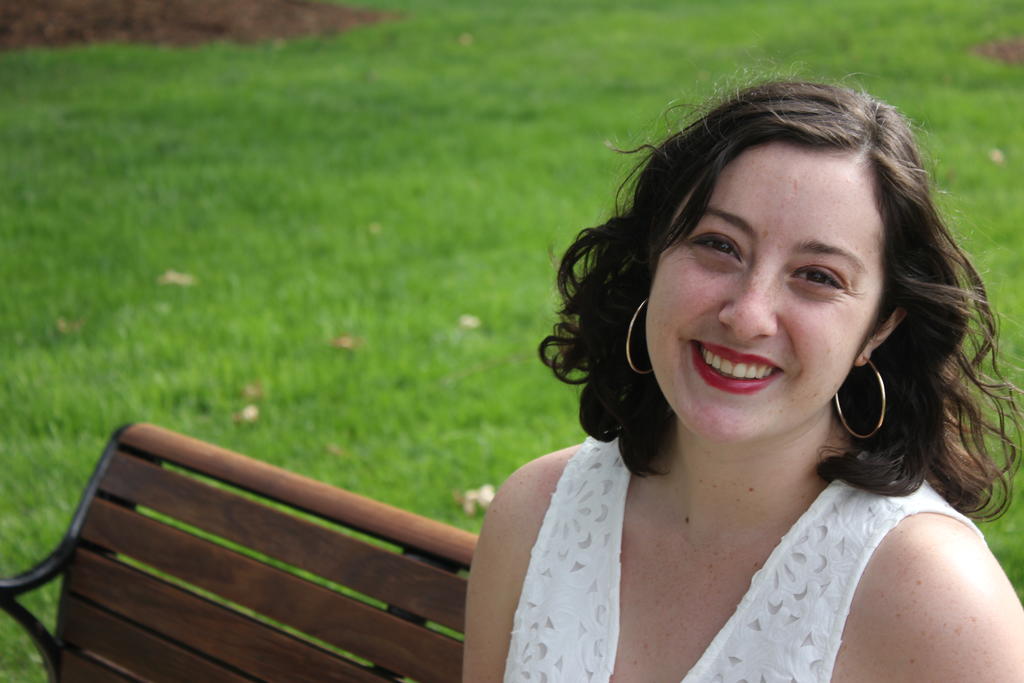During this winter’s polar vortex, 21 people died from weather-related incidents, according to an estimate from Time. Many others experienced injuries or frostbite. One doctor treated 50 frostbite cases in a week. Those most at risk were low income, homeless or working outside.
Climate change is no longer a future problem. It is already affecting people all over the world, whether through polar vortex cold spells or intolerable heat waves, droughts or rainstorms, wildfire smoke or mudslides. For some, extreme weather events are an inconvenience that keeps them home from work or school; for others, such events are life threatening. For the most vulnerable people in weather-impacted communities, especially the homeless, there is little respite from the elements.
As communities navigate a changing world, one of their challenges is making plans to help care for those who need it most. Experts say there are overarching policies every community can embrace, such as making public spaces with services available and offering longer-term support to help prevent homelessness and poverty.
During extreme weather events, cities need short-term solutions to protect people from the worst of the danger. That is where shelters — whether cooling shelters, clean air shelters, or warming shelters — play an important role. “We need low-barrier,-pop up shelters that are open 24/7,” says Sam Lew, the policy director for the Coalition on Homelessness in San Francisco. Community centers, libraries, malls and even coffee shops like Starbucks can all serve as shelters, as long as they have decent ventilation.
Many public spaces like these, however, are not welcoming to the homeless. Often, visibly unhoused people are encouraged to leave spaces like malls and libraries. During an extreme weather event like smoky skies or subzero temperatures, though, such stigma could be life threatening.
Advocating for truly open public space is the best thing people with privilege can do to help others, says Sarah Henderson, a public health scientist in British Columbia, Canada, who is an expert on wildfire smoke. “Make sure people are welcome in public spaces. I get that question a lot in BC, where people who are unstably housed or homeless might not be welcome in the library,” she says. “Well, if it is the public library, they should be welcome. And that might be their only reprieve from the smoke… this is a time where you have to set your prejudices aside and allow people to use public spaces publicly.”
Experts recommend shelters have items available that are appropriate to the weather, like water during a heat wave or blankets and warm clothes in a warming shelter. These could be donated by community members or provided by governments. Having trained volunteers who can recognize symptoms of problems like frostbite and heat-related illness is also good policy, according to David Hondula, who researches heat-related illness and death in Phoenix. But even just having a place people can get out of the weather is an important first step. If the weather issue is seasonal, like extreme heat or wildfire smoke, communities can pinpoint possible shelters in the offseason to be prepared.
The best way to mitigate risks to health and safety in extreme weather is to reduce homelessness in the first place, experts argue. “There is a shorter distance than folks might realize between the question of ‘How do we protect homeless people when it is hot?’ and ‘How do we reduce homelessness in our cities?'” says Hondula.
The first order of business, in his view, is to tackle the bigger question. “If our general social programs are able to support energy assistance, shelter, and other help people need in society, the less we are going to see those problems at the intersections of those topics and heat,” he says.
Lew of the Coalition on Homelessness agrees that protecting homeless people from extreme weather events starts with keeping them out of harm’s way in general. “Of course, the solution to any of these problems is really to provide housing and reduce homelessness,” she says.
Climate change is complex, but in extreme weather smart policy can be quite simple: making sure all community members have somewhere safe and comfortable to go and prioritizing help for those who need it most.
Photo by Austin Scherbarth on Unsplash









